Want to know how long tires last? It’s all about tread depth, the magic number. A tread depth of 2/32 inches. That’s when you wave goodbye to old tires, regardless of their years of service. Need to check the tread depth? We’ll teach you this later on in this article.
On average, good quality tires stick around for about 5 years. But hey, with some love and care, they can even make it to their 8-year anniversary! Mileage-wise, a tire might cover up to 50,000 miles. Manufacturers often offer warranties, ranging from 50,000 to 85,000 miles.
Pro Tip: If deep cracks appear on the tire sidewall for some reason, you should not wait for the tread depth to reach 2/32. Driving with cracks on tires is dangerous and you should immediately replace them. Similarly, if a bubble appears on the tire sidewall, immediately replace it with a new tire.
Table of Contents
How Long Do Tires Last: In-Depth Answer
Now, let’s dive deep into the life of tires. If you’re an off-road enthusiast, brace yourself. Rough terrains like mountains, gravel, snow, or mud can be tough on your tires. They may last only 3-4 years. That’s right, their tread can drop below 2/32 inches in that time.
City slickers, listen up. If you stick to city roads and highways, tires can last 5-6 years. But don’t get too relaxed. Regular checks on tread depth are a must. If it hits 2/32 inches before 5-6 years, it’s time for a change. No waiting around!
Want to boost your tires’ lifespan? You got it. Proper maintenance is key. Keep up the recommended pressure. Rotate your tires every 3,000-5,000 miles. Make sure they’re properly aligned. Do all this, and your tires might thank you with an extra year or two of service. Now, isn’t that worth it?
Pro Tip: If you maintain the tires properly and like a pro and the tread depth is above 2/32 after 8 years, it’s time for new ones. Surprised? Here’s why. Over time, the rubber gets weaker and softer. It might look fine but don’t be fooled. The National Highway Traffic Safety Association (NHTSA) warns that bad tire condition triples your crash risk. So, after 10 years, treat your car to new tires, no matter the tread depth. It’s all about staying safe!
Factors Impacting the Longevity of Tires
Let’s uncover the factors that impact the lifespan of your tires.
Tire Tread Depth and Health
The tire’s age depends on the tread depth. According to the National Highway Traffic Safety Administration (NHTSA), it’s time for a change when the depth hits 2/32. Not sure how to check? The penny test is a quick trick. Put a penny in the tread, Abraham Lincoln’s head down and facing you. If you see the top of his head then it’s time for the new tire.
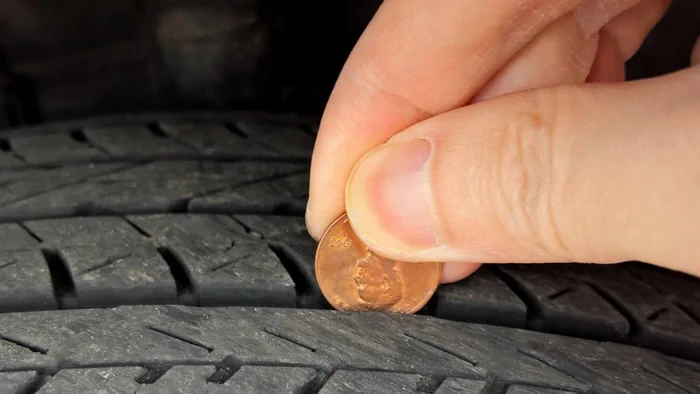
While the penny test is a commonly known trick in the United States, drivers in other countries have their own methods.
In many parts of the world, people use a tread depth gauge to measure their tires’ tread. This tool is small, inexpensive, and provides accurate measurement.
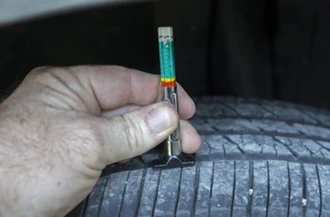
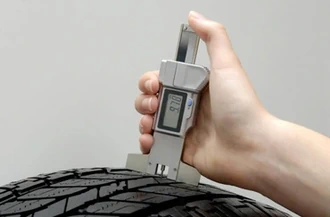
Another way to check tire tread is to look for the tread wear indicators built into the tire. These are small raised sections that run in between the tire’s tread. If the tread is worn down to the level of these indicators, it’s time to replace the tire.
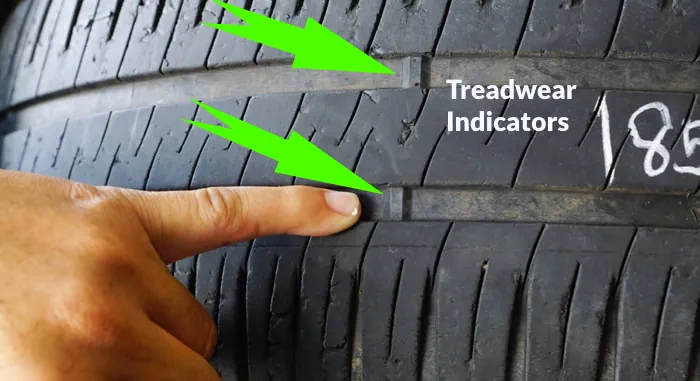
And as we already discussed in the above pro tip, an old tire can be a hazard, even with good tread depth. Oxidation and strength loss in the rubber come with age. Heat and moisture speed up this aging process. So, if your tires are over 8 years old, even with a tread depth above 2/32, it’s time for a swap.
Pro Tip: Do you forget in which year you purchased the tire? No worry. You can find out how old your tires are by checking the “DOT” code on the sidewall. The last four digits of this code represent the week and year the tire was made. For example, “DOT NEW4 JD1R 1221”. The number 1221 means the tire was manufactured in the 12th week of 2021.
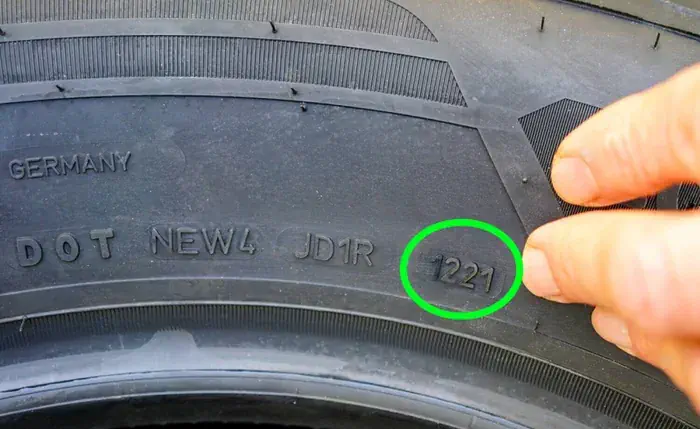
Driving Habits
Your driving style has a big say in the life of your tires. Love sudden braking, hard cornering, or quick acceleration? Your tires might not share your enthusiasm. These aggressive driving habits can wear them down faster. But with smoother, more cautious driving, your tires can have a longer, happier life.
Type of Tire You Are Using
Tire type matters a lot. Some tires, like performance tires, are soft. They grip the road well, giving you excellent handling. But they wear out quickly. On the other hand, all-season tires are tougher. They’re designed to handle a variety of conditions, from hot summers to snowy winters. This versatility helps them last longer.
Terrains on Which Your Drive Frequently
The terrains you drive on can be tough on your tires. Rough terrains like gravel, snow, rocks, or mud can wear down the tread fast. But smoother terrains, like city roads and highways, are kinder to your tires, helping them last longer.
Hitting Potholes, Curbs, or Facing Accidents
Accidents, potholes, curbs – they’re not just a nuisance. They can damage your suspension system and cause misalignment. This damage can lead to uneven tire wear, which shortens their lifespan. So, take care when driving and avoid these hazards whenever possible.
Weather Conditions
Weather conditions can be harsh on your tires. Snow, ice, and rain can wear them out quickly. Not to mention the effects of scorching heat or freezing cold. Luckily, tire manufacturers have solutions. They design tires for specific weather conditions. Make sure to choose the right ones for your local climate.
Level of Maintenance and Care
Maintenance and care are the keys to expanding your tires’ lifespan. Regularly check your tire pressure and keep it at the recommended level. Proper alignment, regular rotations, and balancing also extend the life of your tires. It might seem like a lot of work, but it’s worth it. With proper care, your tires can keep you safe on the road for many miles.
Pro Tip: Take Care of the Maximum Load Tires Can Bear
Your tires are strong, but they have their limits. Overloading your vehicle can stress your tires and cause damage internally. Always keep an eye on the maximum load your tires can handle. You can find this information on the tire’s sidewall. Keep your vehicle’s weight within this limit.
For example, the number 94 is the load index of the tire as shown in the picture below. According to the tire load index rating chart, 94 means the tire can bear a weight of 1477 lbs or 670 kg.
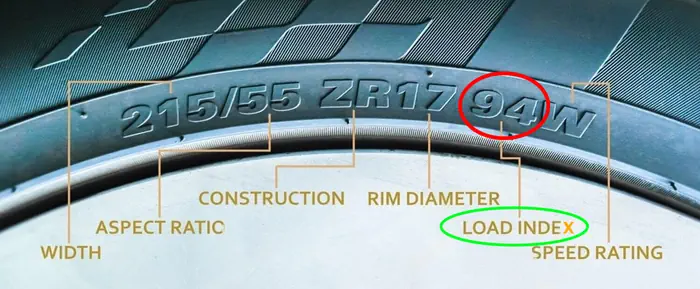
Remember, safety comes first, and a well-cared-for tire means long life and a safer journey!

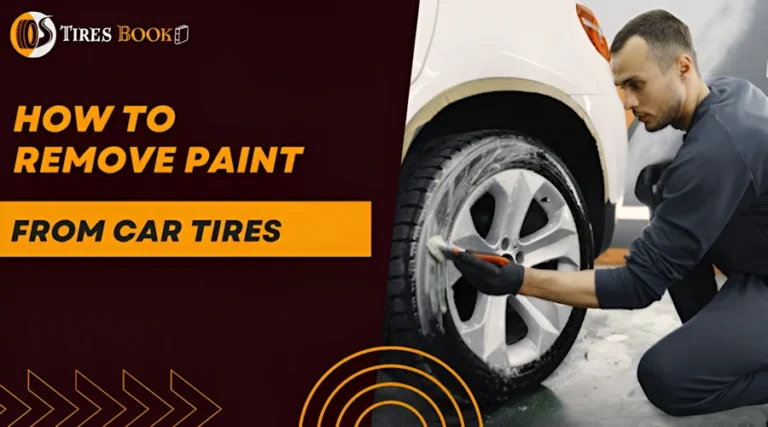
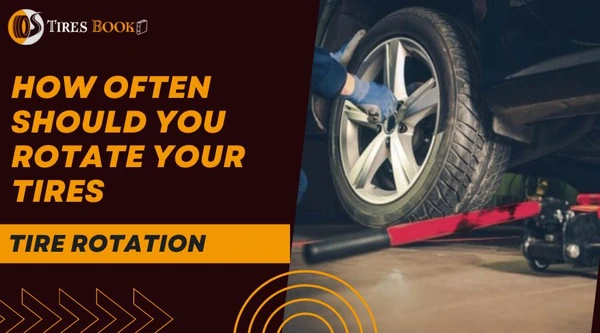
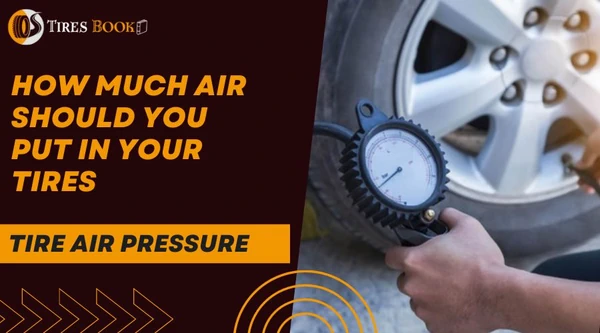
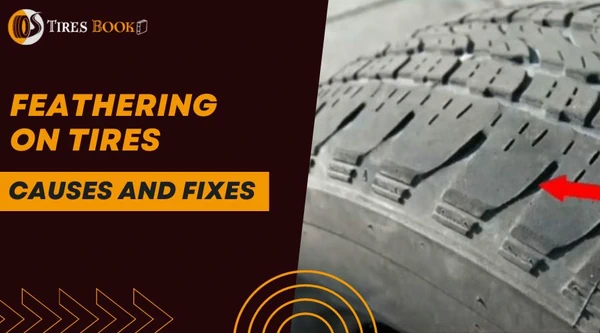
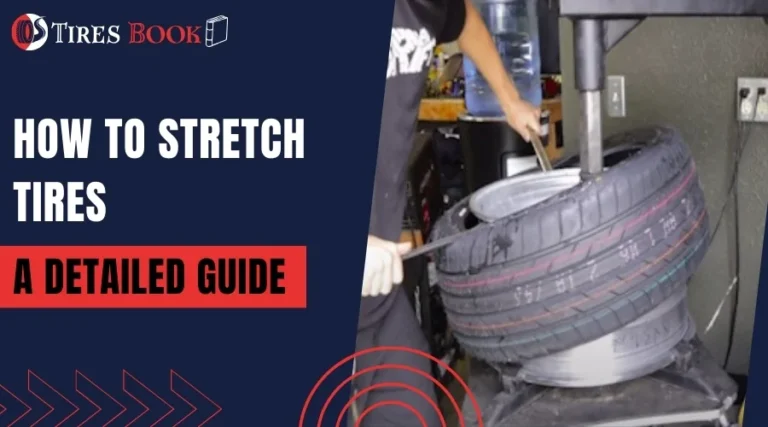
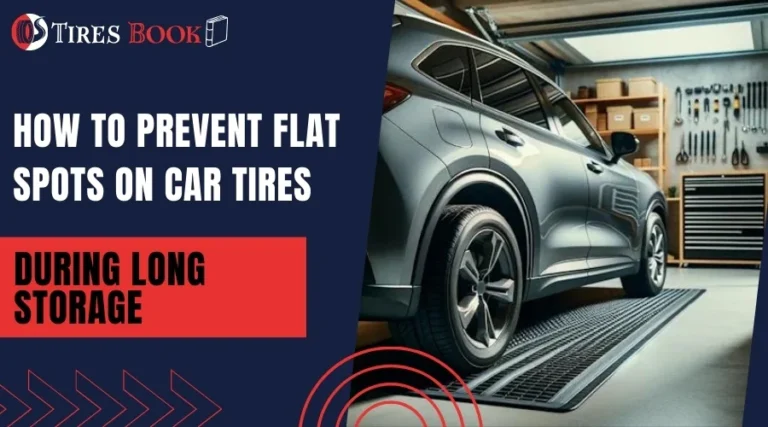
Thanks for sharing useful tips to extend the tire’s life. The way you explain about how do tires last by segregating them among different terrains and conditions is something that is appreciable and indicate that you put a lot of research before writing this article. I learned a lot from this.